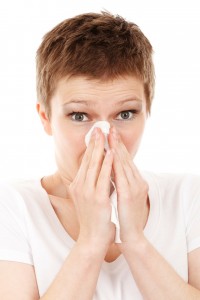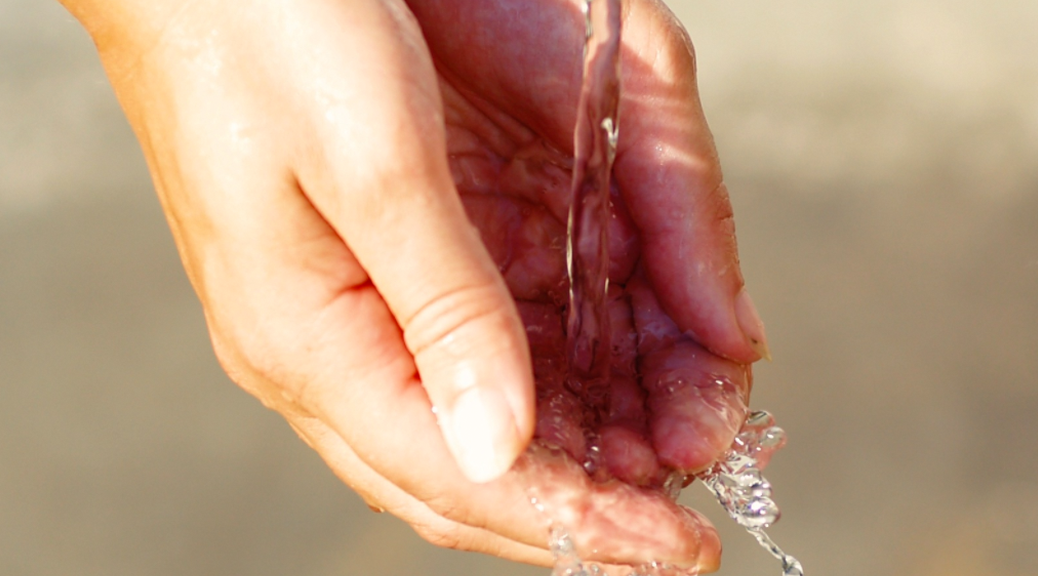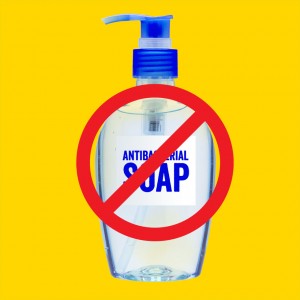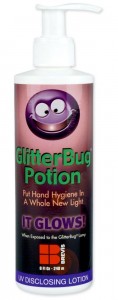We bundle up when it’s cold outside so we can stay comfortable by being warm. But does staying warm also contribute to being healthy?
Prolonged exposure to cold can lead to serious health problems like hypothermia and frostbite. Infants and older adults are particularly susceptible to sickness in winter months. But the common cold is caused by rhinovirus, which replicates more readily at cooler temperatures– like in a nasal cavity, rather than a place closer to a warmer core body temperature.
Ellen Foxman, an assistant professor at Yale University School of Medicine, and her colleagues have embarked on a study to determine whether colder temperatures make the virus more effective or the immune system less effective. Examining the innate immune system (present in every cell) in airways in mice, and in human cells, yielded similar results: at a warmer core body temperature, innate immune pathways blocking viral growth are more active, and an enzyme that degrades the viral genome works better.
So go ahead and put that scarf around your nose– the warmth might help you avoid that cold after all. Even more, Foxman recommends washing your hands so germs aren’t transmitted to your eyes, nose, or mouth. She explains, “If the virus isn’t in your nose, it can’t cause infection.”
Sources:








